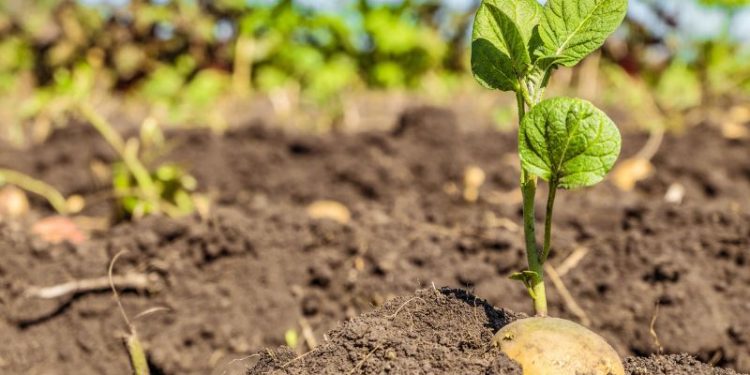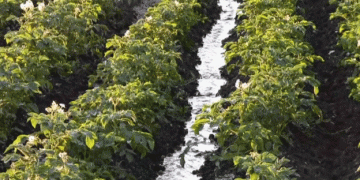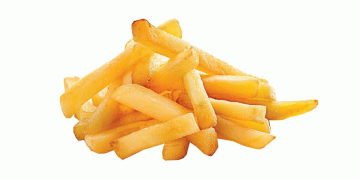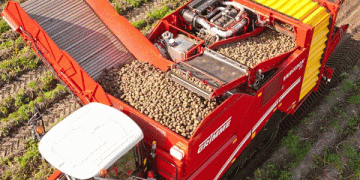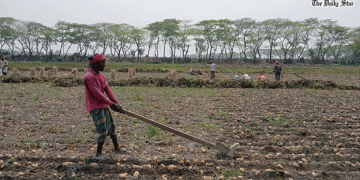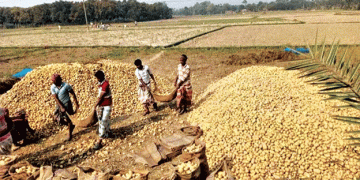Late Planting Conditions and Emerging Market Trends Shape the Future of the Potato Industry
As the 2024 potato growing season progresses, farmers and industry stakeholders are facing a series of challenges and opportunities that will significantly influence the future of the sector. Recent reports from the Northeast Potato Growers (NEPG) reveal that exceptionally late planting conditions and widespread emergence difficulties are creating a complex environment for potato cultivation across major production zones in Europe. This article explores these issues in depth and examines the current state of the market and future prospects for potato growers.
Late Planting and Emergence Issues
One of the most pressing concerns for potato farmers this season is the unusually late planting schedule, which extended over eight to ten weeks, with the final planting occurring as recently as last week. The delay in planting has been compounded by severe emergence difficulties, attributed to factors such as rotting tubers, challenging planting conditions, and significant rainfall. According to NEPG representatives, the impact of these issues is evident across various regions, including Belgium, the Netherlands, and parts of Germany.
Widespread Emergence Problems
Emergence issues have been widespread, with some fields experiencing up to 80% of tubers failing to sprout. The primary causes include:
- Rotting Tubers: Prolonged exposure to wet conditions has led to high rates of tuber rot, severely affecting the potential yield.
- Difficult Planting Conditions: The rainy spring season caused delays and difficulties in planting, exacerbating the problems faced by farmers.
- Heavy Rainfall and Flooding: Many fields, particularly in the Benelux countries and Bavaria, have been written off due to flooding, further straining the sector.
Seed Production and Quality
The quality of seed potatoes is another significant concern this year. Despite a steady seed production area in the Netherlands and increased seed production in France, many farmers are still grappling with poor seed quality. Flooding has destroyed or severely damaged hundreds of hectares of seed potatoes, creating uncertainties around tuberization and the final yield.
Market Trends and Future Outlook
Increased European Processing Capacity
Despite the current challenges, the European potato processing sector is experiencing increased capacity, which could provide opportunities for growers. The expansion of processing facilities in France and other regions is expected to enhance the ability to handle a larger volume of potatoes. This increased processing capacity may help balance the supply and demand dynamics in the potato market.
Supply and Demand Dynamics
The demand for potato products remains high, but there is a growing competitiveness in the market. European growers are facing increased competition from North America, as well as from emerging potato-producing nations like China, India, Turkey, and Argentina. This heightened competition is driving market trends and influencing pricing strategies.
Stabilization of Processed Potato Products
Recent trends indicate that sales of processed potato products, such as frozen chips, have either stabilized or decreased. This shift presents both challenges and opportunities for growers as they navigate the competitive landscape and consider future investments in processing capacity and market expansion.
Climate Change and Environmental Risks
Looking ahead, farmers must also contend with the long-term effects of climate change. The combination of rising blight pressure, the emergence of new Phytophthora strains resistant to current fungicides, and the increasing risk of disruptive weather patterns presents significant risks to potato cultivation. NEPG experts stress that growers must adapt to these challenges by employing sustainable practices and considering water availability and environmental impact in their production strategies.
Future Investment and Expansion
Given the current market conditions and emerging risks, potato growers are encouraged to carefully evaluate their investment and expansion plans. The evolving landscape of the potato industry necessitates a balanced approach to growth, taking into account both the opportunities presented by increased processing capacity and the risks associated with climate change and market competition.
Conclusion
The 2024 potato growing season is marked by a combination of late planting conditions, emergence problems, and shifting market dynamics. While the increased processing capacity in Europe and high demand for potato products present potential opportunities, the sector also faces significant challenges, including climate change impacts and increased competition. As farmers plan for the future, they must navigate these complexities by adopting sustainable practices, investing in innovative technologies, and staying informed about market trends.
